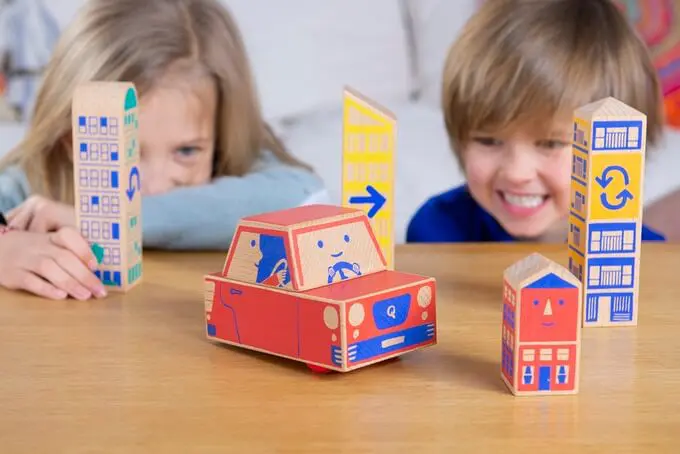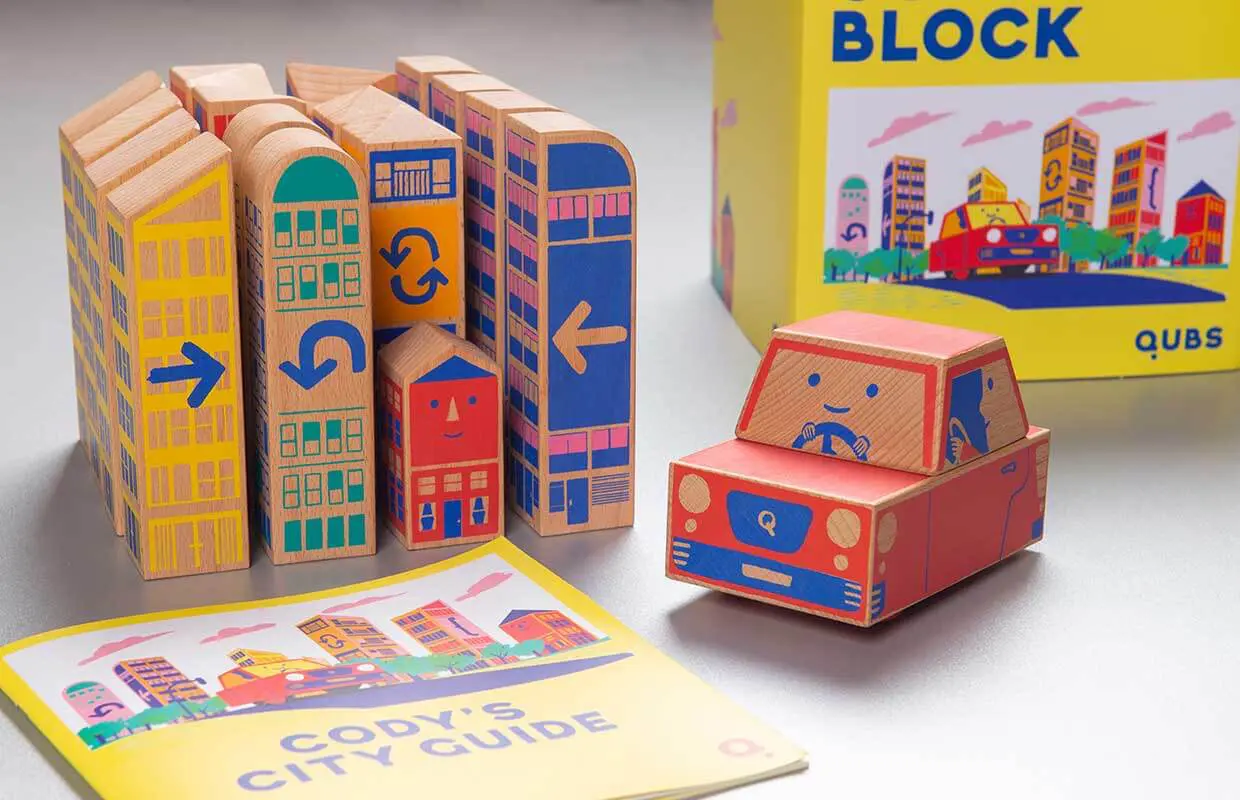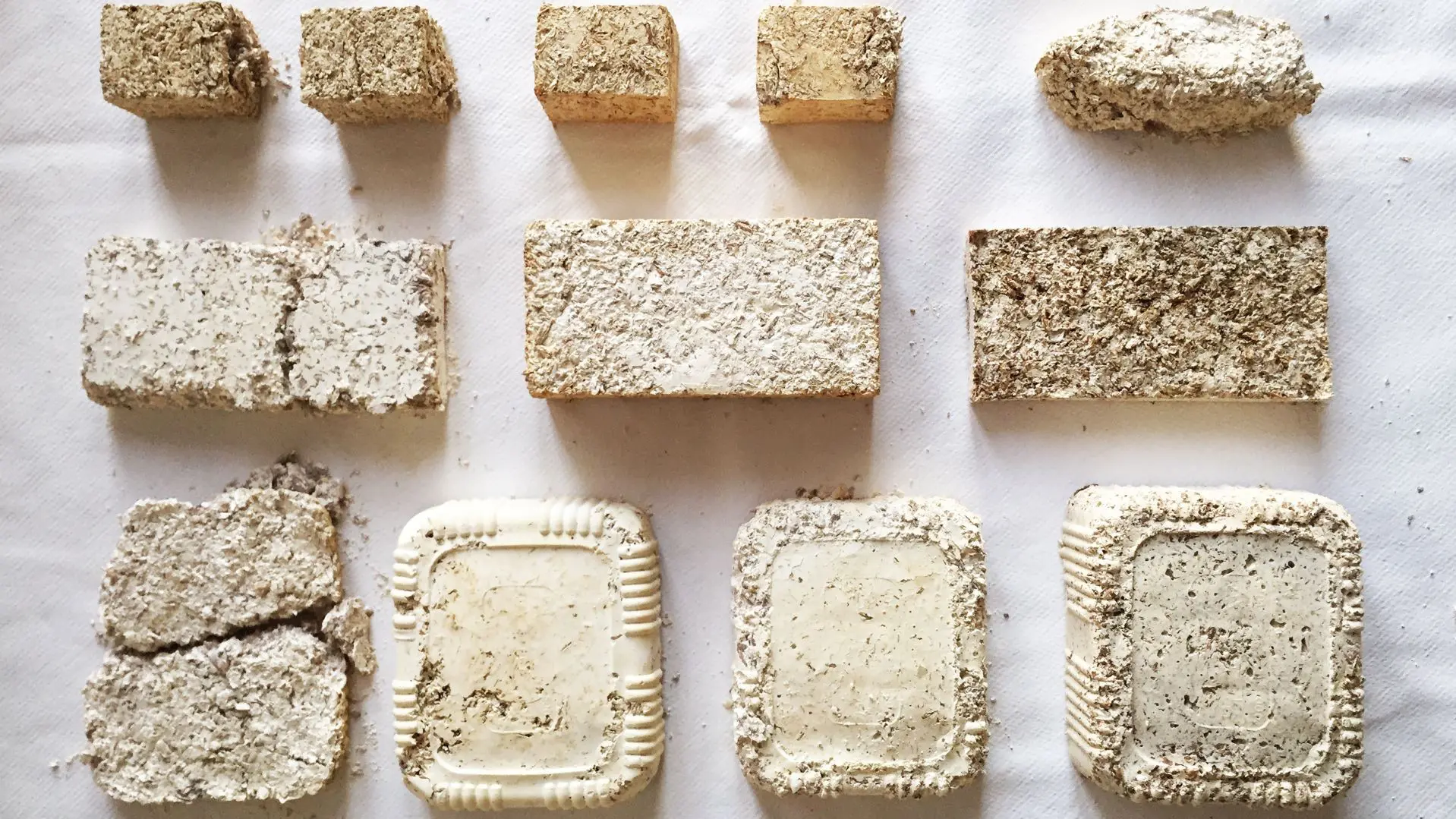A Montessori inspired wooden toy combined with patented RFID technology
Cody Block introduces the first concepts of computational thinking to young children via tangible programming.

Cody Block is a Montessori inspired, screen-free, gender neutral wooden toy combined with patented RFID technology for children 3+, introducing the basics of computational thinking through tangible programming.
Cody Block introduces the first concepts of computational thinking to young children via tangible programming. The task is to lay out a path that leads Cody back to his house by positioning the Building Blocks in the correct order.
Each Building Block gives a unique directional command (turn left, turn right, U turn, repeat last command, stop, record path, play path), together they create a sequence of instructions (the basis of any algorithm).
Cody Block comes with the City Guide, a story book with several exercises & adventures providing different learning outcomes.

A classic wooden toy combined with patented RFID technology
Children can play with Cody for hours without the need for any smartphone, laptop, or screen. QUBS has developed a specific RFID technology (patented!) that is embedded in every wooden block.
Cody Block has been designed with gender equity in mind, it is as much fun for boys as for girls. Also, there are no written information on the toy, it’s ready to play even if your child does not read.
The design of Cody Block takes its inspiration from classic wooden toys and the Montessori philosophy in its material and shape: solid beech wood and intuitive design.

Why it is so relevant
In this digital age, it is important to empower children to be creators and not only passive users of new technologies. The current generation of children will need to be literate in technology in order to understand the world they live in.
Understanding how computers work and learning the basics of coding will not only help children to learn logical thinking but also to develop fundamental problem-solving abilities, creativity and resilience. Learning these skills from an early stage creates a natural tendency to assimilate this content in a more efficient way.

Cody Block helps introducing coding concepts to the little ones
But what will they learn? And how?
Algorithm
An algorithm is a set of rules that define a sequence of operations. When children lay out the Building Blocks for Cody to follow, they are actually giving the computer rules on how and where to move.
Sequencing
Sequencing is the specific order in which instructions are performed in an algorithm. It is important that the steps in an algorithm are performed in the correct order – otherwise, the algorithm will not work. In the same way, Cody follows the order of the Building Blocks: if one Block is misplaced or there’s a gap in the sequence, Cody will go in the wrong direction.
Debugging
Mistakes in code are called ‘bugs.’ Debugging is a process that includes identifying the problem and then correcting it. Because the Building Blocks are tangible and arranged on a surface for the children to see, it is easier for them to spot the mistake in their code and debug the program.

Function
A function is a part of code that can be called by another part of the program. With Cody, kids can create a function and record it with Cody. Cody will remember that function and perform it again in the code every time he encounters a “Play Function” Block.
Logic
Learning the thinking behind coding teaches children how to tackle large problems by breaking them down into a sequence of smaller, more manageable problems. This logical thinking skill is a powerful tool that can be used in every field and in real life too!
QUBS chose to create a tangible programming language that kids can actually touch with their hands, following the Montessori proposition that kids learn best by experiencing the environment around them.













